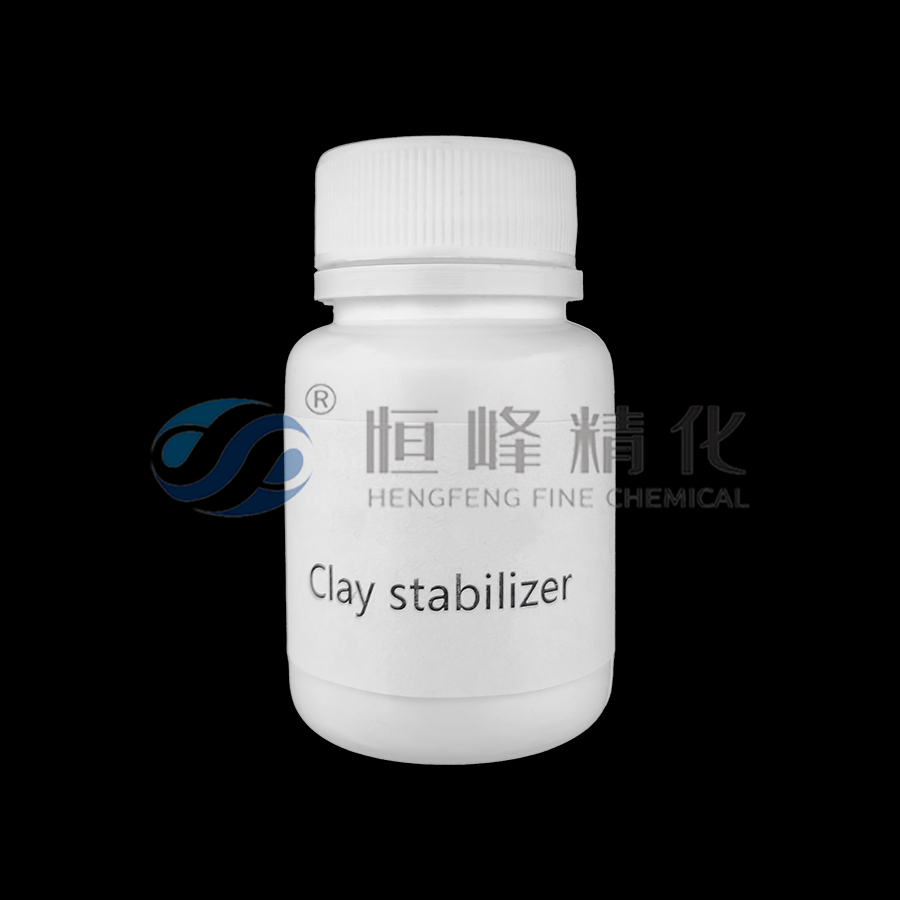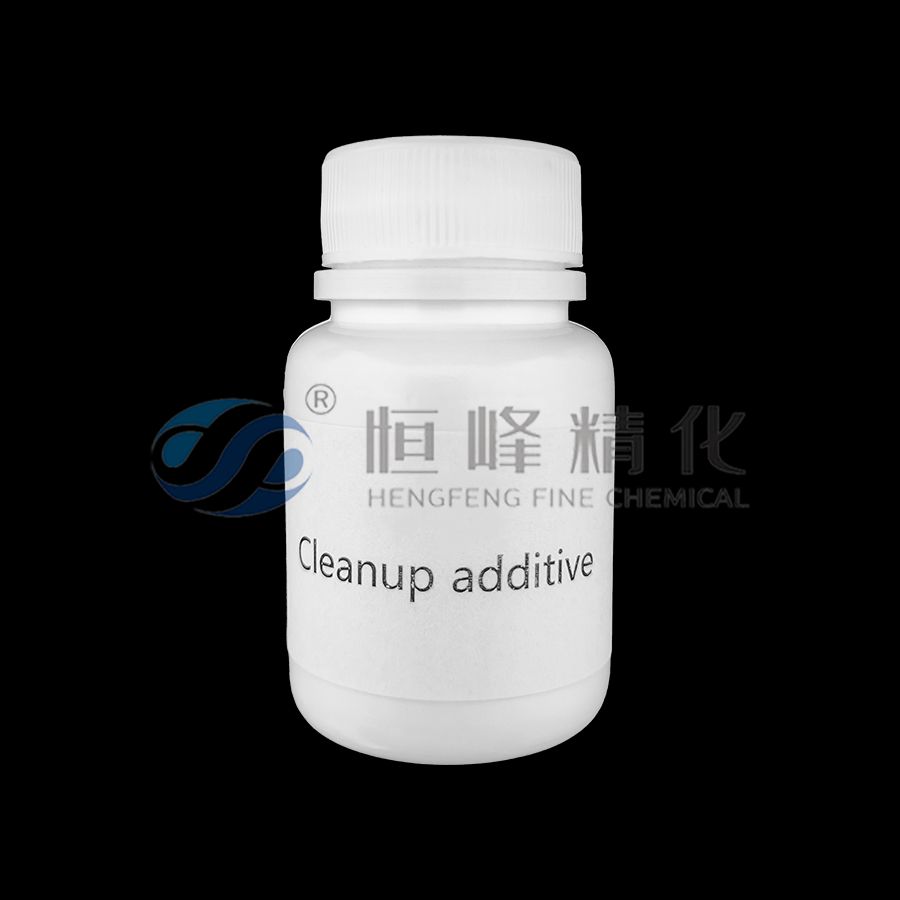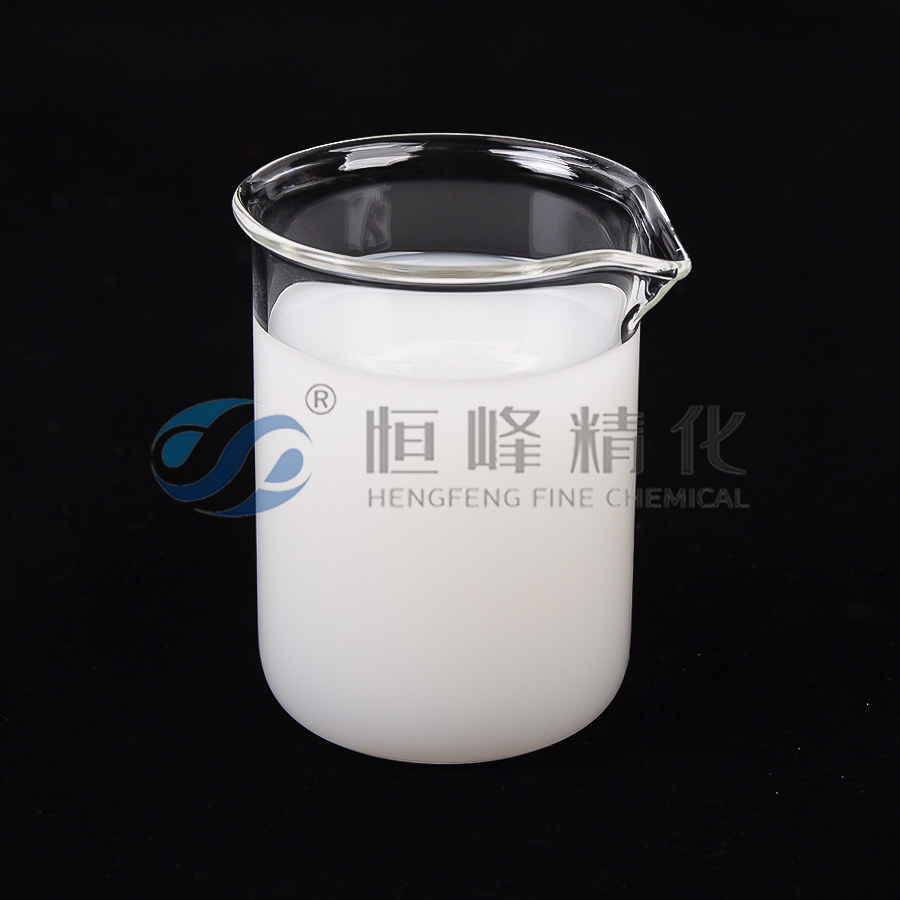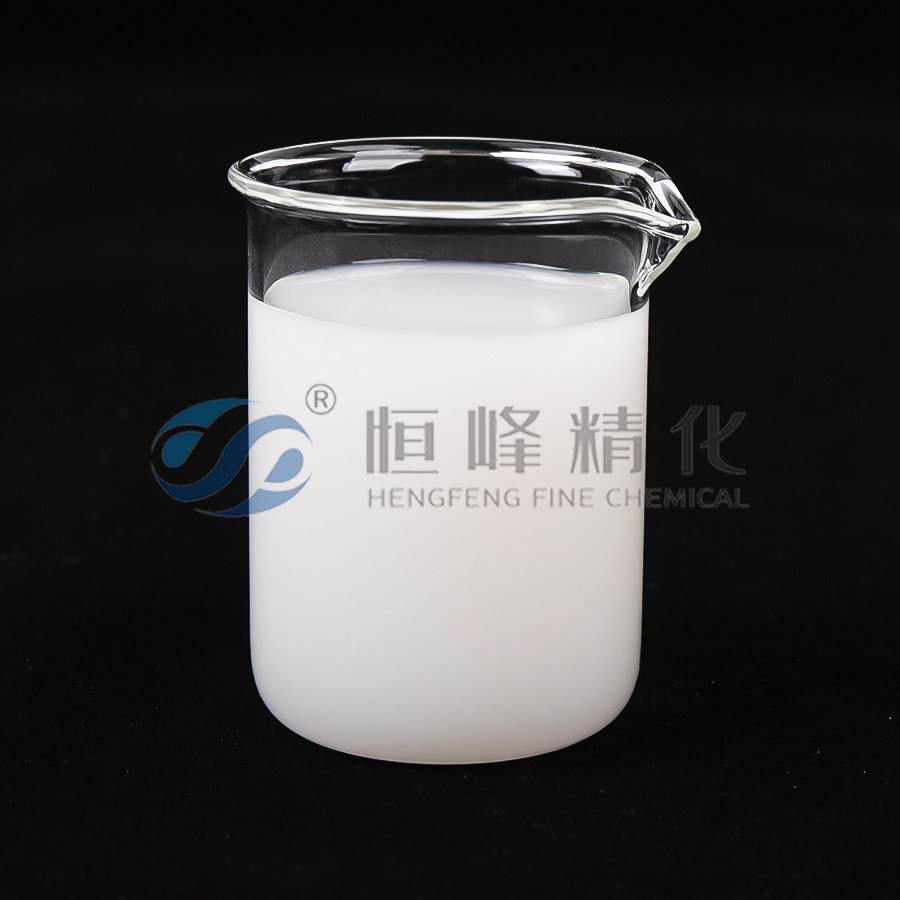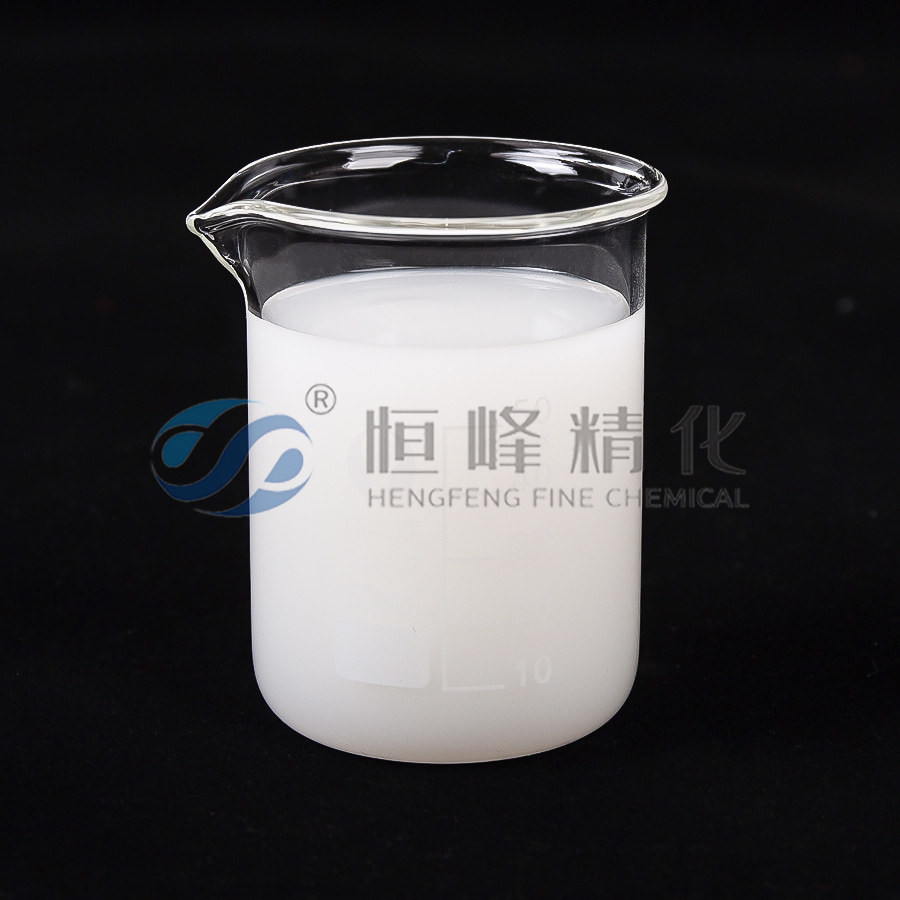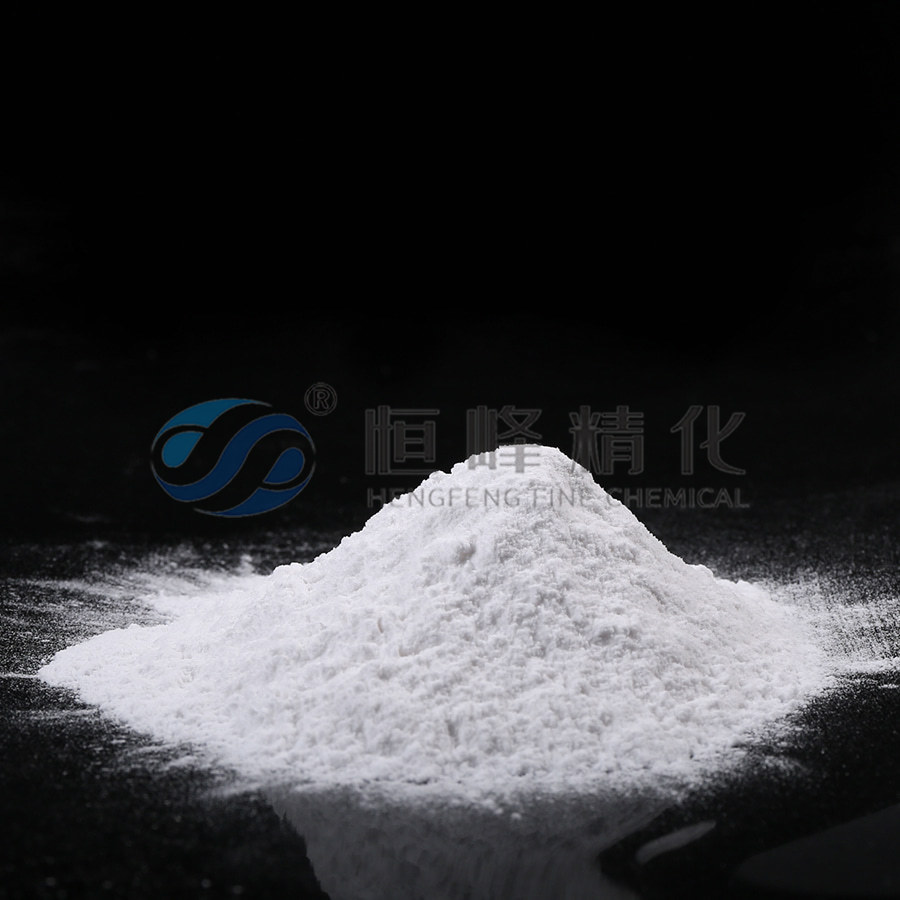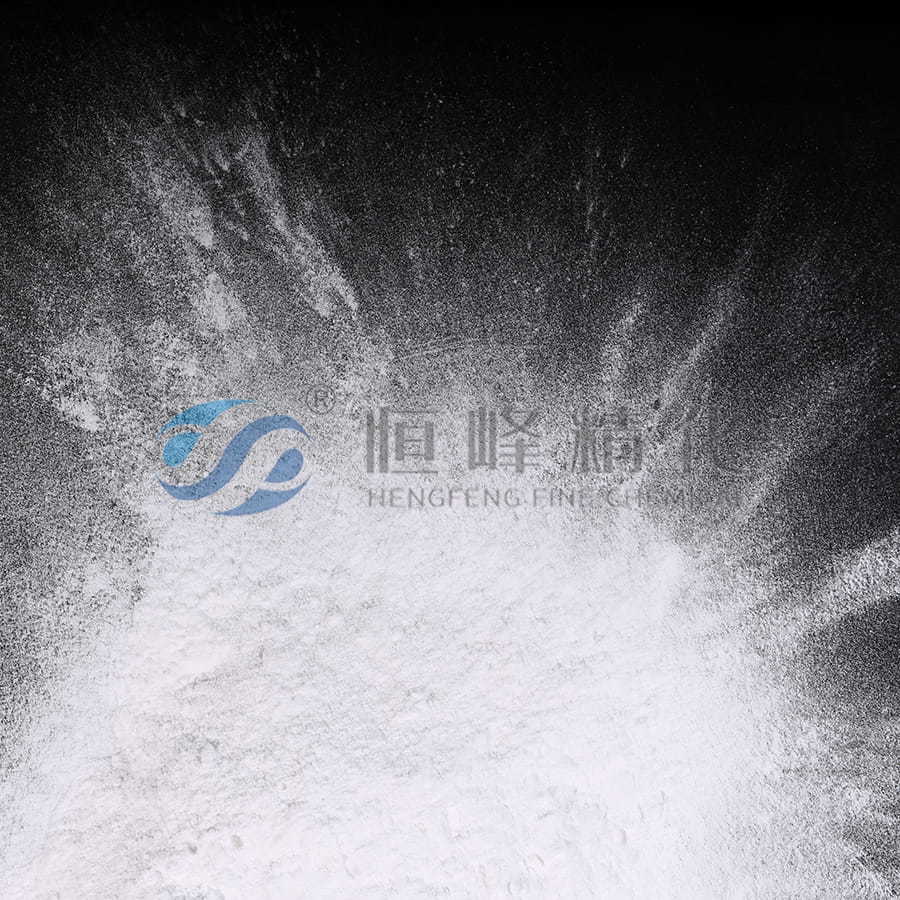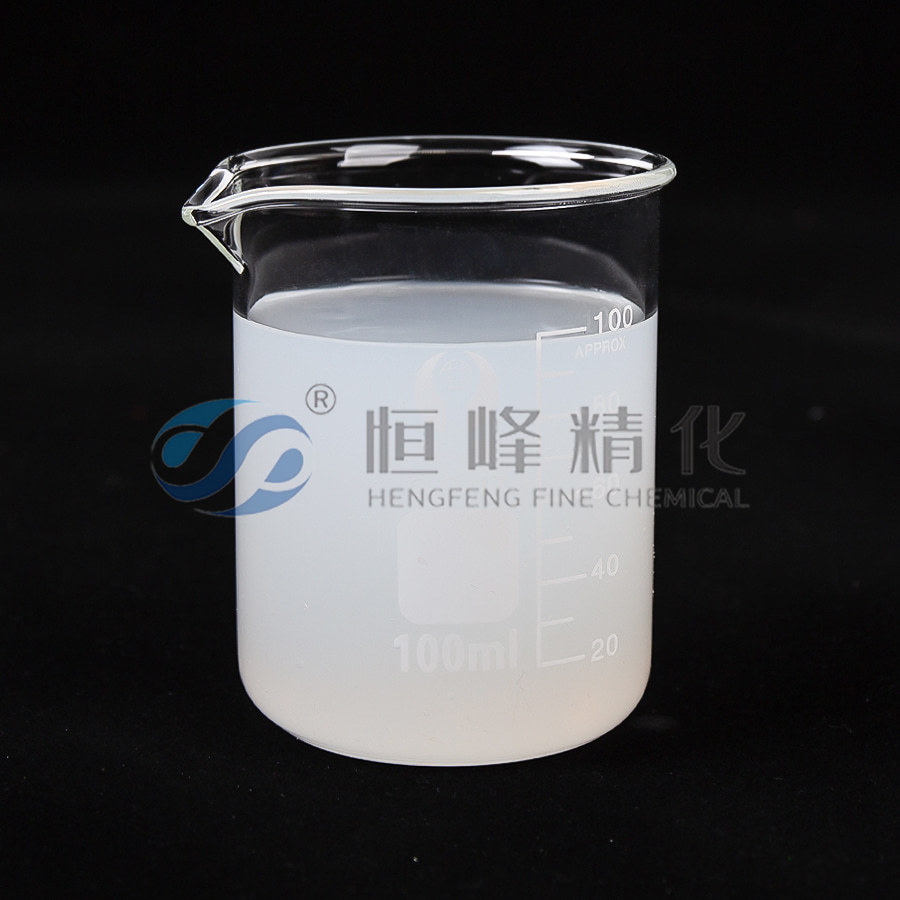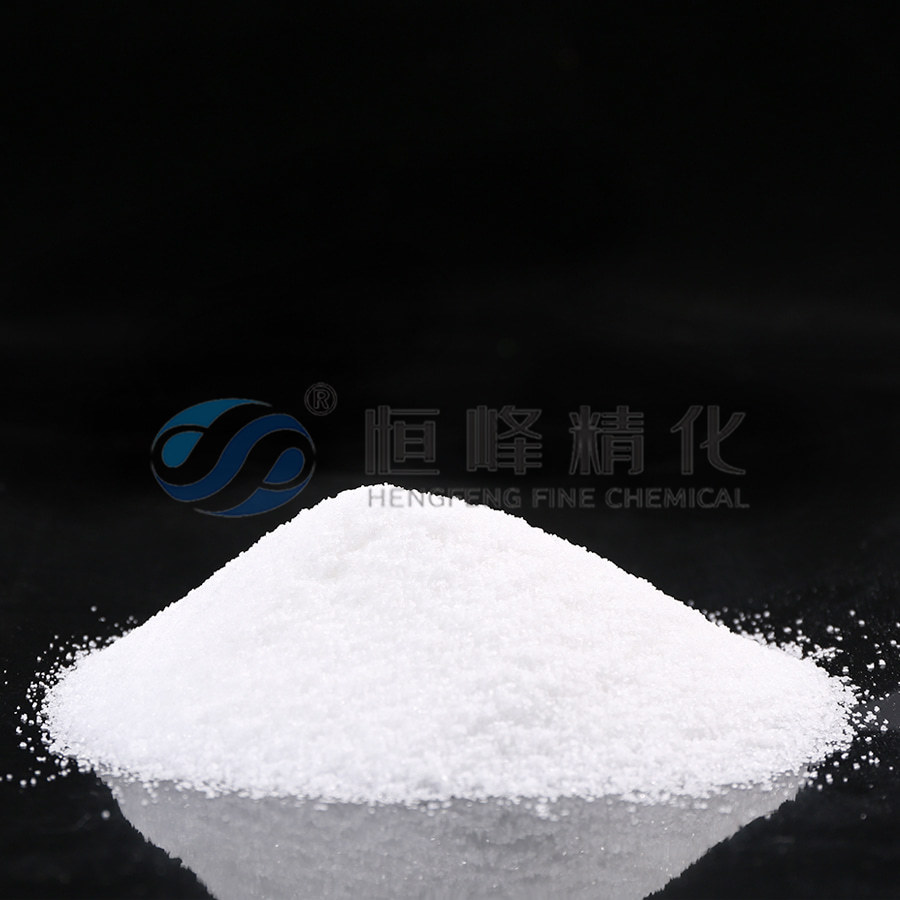How Can Polyacrylamide Chemicals Revolutionize Water Treatment?
The global water treatment industry faces challenges – from tightening environmental regulations to increasing demand for clean water across industries. At the heart of solving these challenges lies polyacrylamide (PAM), a remarkably versatile chemical that's transforming how we purify and manage water resources.
The Dominance of PAM in Modern Water Treatment
Polyacrylamide has emerged as the flocculant of choice for water treatment plants worldwide due to its unparalleled efficiency. Unlike traditional coagulants, PAM works effectively across diverse pH levels and temperatures while requiring significantly lower dosages. This dual advantage of performance and cost-effectiveness explains why PAM now dominates municipal water treatment, particularly in North America where it commands nearly 40% of the market.
The secret to PAM's success lies in its customizable formulations. Available in anionic, cationic, and non-ionic varieties, water treatment specialists can select the PAM variant to target specific contaminants – whether removing heavy metals from mining runoff or clarifying drinking water for urban populations.
PAM's Critical Role in Wastewater Management
Nowhere is PAM's impact more evident than in industrial wastewater treatment. Modern manufacturing facilities face mounting pressure to treat complex waste streams containing oils, dyes, and toxic chemicals before discharge. Here, PAM acts as a molecular glue, binding fine particles into larger flocs that settle rapidly, resulting in clearer effluent and reduced sludge volumes.
The textile industry, for instance, benefits tremendously from PAM's ability to treat dye-laden wastewater, while food processors rely on it to remove organic matter.
Solving Industrial Water Challenges Through Innovation
Beyond traditional water treatment, PAM is proving indispensable in specialized industrial applications. Mining operations utilize PAM to enhance mineral recovery while minimizing water usage. Power plants employ it for boiler feedwater treatment to prevent costly scaling. Even agriculture has adopted PAM to reduce irrigation runoff and improve soil structure.
The chemical's true brilliance shines in bad conditions where other treatments fail. Whether dealing with high-salinity produced water from oil fields or high-temperature effluents from manufacturing, PAM maintains its effectiveness. This reliability makes it crucial for emerging zero-liquid discharge (ZLD) systems that represent the future of industrial water management.
Polyacrylamidefactory: Your Partner in Water Treatment Excellence
As industries worldwide recognize PAM's transformative potential, the need for high-quality, reliable suppliers becomes paramount. At Polyacrylamidefactory, we've dedicated ourselves to advancing water treatment solutions through innovative PAM formulations.
Our manufacturing facility produces premium-grade polyacrylamide chemicals tailored to your specific needs – whether for municipal drinking water treatment, industrial wastewater purification, or specialized applications in mining and energy.
Why choose Polyacrylamidefactory?
Custom-formulated PAM solutions for unique water challenges
Strict quality control ensuring consistent, high-performance products
Technical expertise to optimize your treatment processes
Commitment to sustainable water treatment practices
Polyacrylamidefactory – Engineering the Future of Water Treatment In a world where clean water is increasingly precious, Polyacrylamidefactory stands ready to equip industries and municipalities with cutting-edge PAM solutions. Our advanced polyacrylamide chemicals deliver unmatched clarity, efficiency, and cost savings in water treatment applications. Partner with us to transform your water management strategy and meet tomorrow's challenges today.
Discover how our expertise can elevate your operations – contact Polyacrylamidefactory for a consultation on your water treatment needs. Together, we can build a cleaner, more water-secure future.


 English
English Español
Español عربى
عربى Русский
Русский Tiếng Việt
Tiếng Việt





